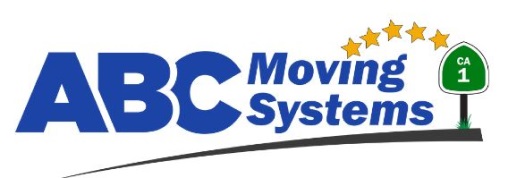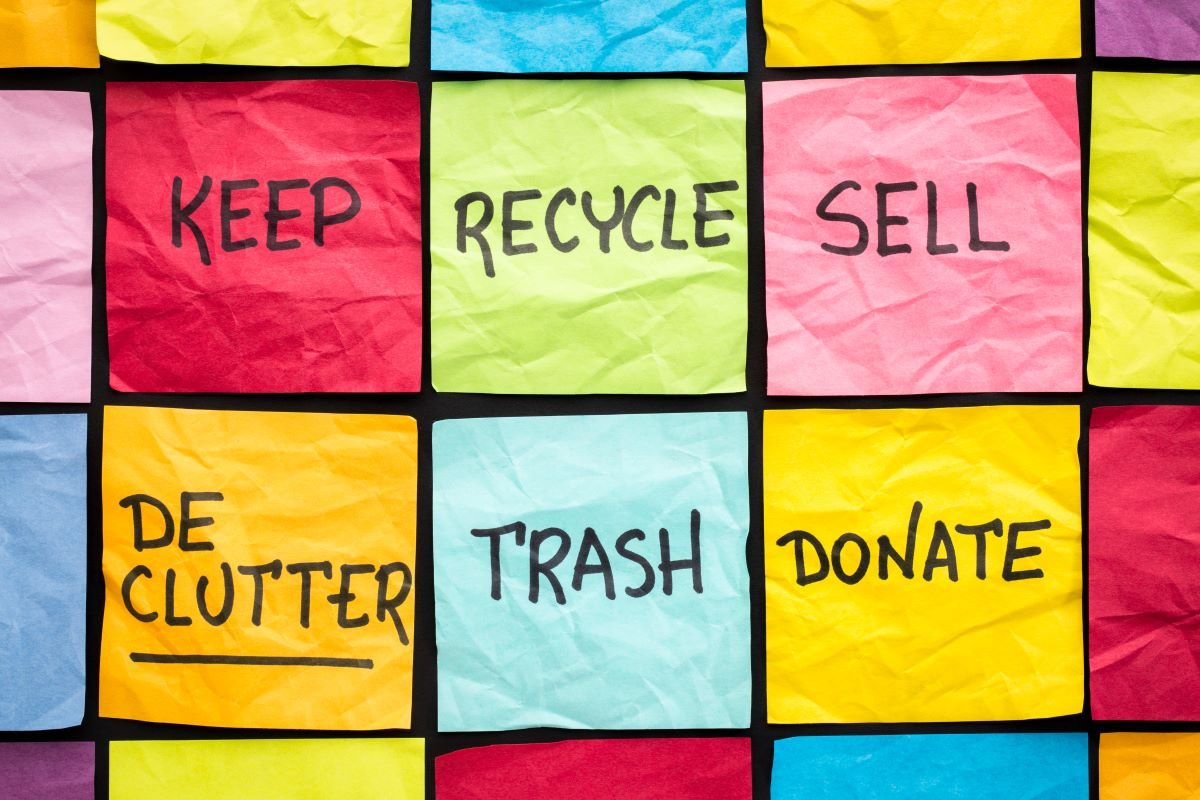
Checklist to Stay Organized When Moving
Moving can be a chaotic process, but with the right checklist, you can stay organized when moving and reduce stress. This comprehensive ABC Moving Systems guide will help you plan every step of your move efficiently.
Budgeting
 Budgeting is a crucial first step in any successful move. Before you start packing boxes or hire a moving company, it’s essential to have a clear understanding of your financial situation. Begin by assessing your total moving expenses, including packing supplies, transportation, and potential storage costs.
Budgeting is a crucial first step in any successful move. Before you start packing boxes or hire a moving company, it’s essential to have a clear understanding of your financial situation. Begin by assessing your total moving expenses, including packing supplies, transportation, and potential storage costs.
Consider creating a detailed spreadsheet or using a budgeting app to track your expenditures. This will help you allocate funds efficiently and avoid overspending. Remember to account for unexpected expenses that might arise during the move, such as repairs or additional storage fees.
If you’re hiring professional movers, obtain quotes from multiple companies and factor in insurance costs. Don’t forget to budget for any travel expenses, such as accommodations or meals, if your move involves a long-distance journey.
Once you have a comprehensive budget in place, stick to it as closely as possible. Keep all receipts and invoices organized to ensure you can track your spending accurately. Having a well-planned budget will not only help you stay organized when moving but also alleviate financial stress, allowing you to focus on the logistics of the transition.
Decluttering
Decluttering is a crucial part of staying organized when moving. It involves streamlining your belongings and reducing the items you need to transport to your new home. Here’s how to tackle decluttering effectively:
- Start Early: Begin the decluttering process well in advance of your move to avoid last-minute stress.
- Room-by-Room Approach: Go through each room one at a time, sorting items into categories: keep, donate, sell, or discard.
- Ask the Right Questions: When deciding whether to keep an item, ask yourself if it’s necessary or holds sentimental value. If not, consider letting it go.
- Set Realistic Goals: Set daily or weekly decluttering goals to avoid overwhelming yourself.
- Donation and Selling: Donate gently used items to charity and sell valuable items online or through garage sales.
- Dispose Responsibly: Safely dispose of items that can’t be donated or sold, such as old electronics or hazardous materials.
- Digital Declutter: Don’t forget to declutter your digital life by organizing files, deleting unnecessary documents, and backing up important data.
- Measure Your Progress: Keep track of your decluttering progress, so you can see how much you’ve accomplished.
By decluttering effectively, you’ll not only reduce the volume of items you need to pack and move but also start fresh in your new home with a more organized and simplified living space.
Packing Supplies
Packing Supplies play a pivotal role in maintaining order during a move. Adequate preparation and the right materials can make packing efficient and less stressful. Here’s what you need to know about packing supplies:
- Boxes: Acquire sturdy boxes in various sizes to accommodate your belongings. Specialty boxes like wardrobe boxes and dish packs can protect specific items.
- Packing Tape: Invest in high-quality packing tape to seal boxes securely. A tape dispenser can be a handy tool for efficiency.
- Bubble Wrap and Packing Paper: Use these materials to cushion fragile items. Wrap delicate items individually to prevent breakage.
- Packing Peanuts or Foam: Fill empty spaces in boxes with packing peanuts or foam to prevent items from shifting during transit.
- Furniture Covers: Protect your furniture from scratches and dust with plastic covers or moving blankets.
- Labels and Markers: Label each box with its contents and destination room. Color-coding can be helpful too.
- Packing Tools: Gather essential tools like scissors, box cutters, and screwdrivers for disassembling furniture.
- Packing Materials for Artwork and Mirrors: Use specialized materials like picture boxes and mirror crates to protect valuable artwork and mirrors.
- Resealable Bags: These are handy for storing small parts like screws and bolts from disassembled furniture.
- Mattress Covers: Keep mattresses and box springs clean and protected during the move.
ABC Moving Systems suggests ensuring you have an ample supply of these packing materials, and it’s often wise to have a bit extra in case you underestimated your needs. Having the right packing supplies at hand will make the packing process more organized and help safeguard your belongings during transportation.
Packing and Labeling
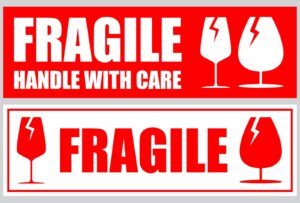 When preparing for a move, staying organized is key to reducing stress and ensuring a smooth transition. One critical aspect of this process is packing and labeling your belongings effectively.Firstly, start by gathering all the necessary packing supplies like boxes, tape, bubble wrap, and markers. Having these items readily available will streamline the packing process.
When preparing for a move, staying organized is key to reducing stress and ensuring a smooth transition. One critical aspect of this process is packing and labeling your belongings effectively.Firstly, start by gathering all the necessary packing supplies like boxes, tape, bubble wrap, and markers. Having these items readily available will streamline the packing process.
Next, categorize your items into different rooms or types, such as kitchen, bedroom, or fragile. This helps you pack similar items together, making it easier to locate them when unpacking.
Label each box clearly with its contents and the room it belongs to. Using color-coded labels or stickers for each room can further simplify the process. This way, you and your movers will know exactly where each box should go in your new home.
Consider creating an inventory list that corresponds to your labeled boxes. This will serve as a handy reference in case something goes missing during the move.
When packing fragile items, wrap them carefully in protective materials and label the boxes as “fragile” to ensure they are handled with care.
Lastly, pack an essentials box with items you’ll need immediately upon arrival, such as toiletries, a change of clothes, and important documents. Keep this box separate from the rest for easy access.
By following this checklist for packing and labeling, you’ll maintain order and efficiency during your move, reducing the likelihood of lost or damaged items and making the transition to your new home much smoother.
Hiring Movers
Hiring Movers is a significant decision in your moving checklist, and it can greatly impact your relocation experience. Here’s what you need to consider: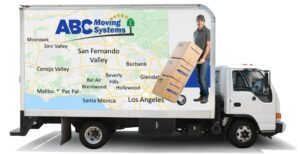
First, research several moving companies. Look for reputable movers with good reviews and appropriate licenses. Seek recommendations from friends or family if possible.
Obtain multiple quotes to compare costs and services. Ensure you understand their pricing structure, including any additional fees or charges.
Ask about insurance coverage. Movers should provide adequate insurance options to protect your belongings during the move. Clarify the extent of coverage and how claims are processed.
Check their experience and track record. Experienced movers are more likely to handle your move efficiently and professionally.
Schedule your move well in advance, especially if you’re moving during peak season. Early booking ensures you get your preferred moving date.
Communicate your specific requirements and any fragile or valuable items that need special attention. Clear communication is key to a successful move.
Read and understand the contract before signing it. Ensure all details, including the pickup and delivery dates, are documented accurately.
On moving day, be present to oversee the process and address any concerns or questions. Keep a copy of the contract and stay organized when moving.
Hiring professional movers can significantly reduce the stress of a move. However, it’s essential to choose a reliable and reputable company that suits your needs and budget. By carefully considering these factors, you can ensure a smoother experience and and more organized moving experience. ABC Moving Systems stands ready to assist in any and all of your moving needs.
Notifying Contacts
Notifying Contacts is a crucial step to ensure a smooth transition during your move. Here’s how to manage this effectively:
- Update Your Address: Notify postal services, government agencies, and financial institutions of your new address.

- Inform Utility Providers: Arrange for utilities to be disconnected at your old address and connected at the new one.
- Transfer Subscriptions: Notify magazine subscriptions, newspapers, and other services about your address change.
- Notify Healthcare Providers: Update your address with doctors, dentists, and other healthcare providers.
- Schools and Daycare: Inform schools or daycare facilities if you have children to ensure a seamless transition.
- Notify Employers: Update your address with your employer for tax documents and other work-related correspondence.
- Bank and Credit Card Companies: Ensure your bank and credit card companies have your new address on file.
- Insurance Providers: Update your auto, health, and home insurance providers with your new address.
- Online Retailers: Update shipping addresses for online shopping accounts.
- Social and Professional Networks: Change your address on social media profiles and professional networking sites.
- Friends and Family: Let loved ones know your new address and contact information.
Effective communication with your contacts is essential to avoid disruptions and ensure that important information reaches you at your new location. Be proactive in notifying them well in advance to stay organized when moving and maintain seamless connections.
Utilities and Services
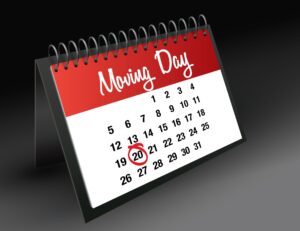 Utilities and Services are integral components of a move, and ensuring a smooth transition is crucial. Here’s how to manage them effectively:
Utilities and Services are integral components of a move, and ensuring a smooth transition is crucial. Here’s how to manage them effectively:
Start by contacting your current utility providers, such as electricity, water, gas, and internet services. Notify them of your moving date and request disconnection at your old address. Simultaneously, contact utility companies at your new location to schedule connection or transfer of services.
Compile a list of all the utilities and services you currently have, including cable or satellite TV, garbage collection, and security systems. Notify each provider of your move and discuss any necessary changes or cancellations.
Set up a forwarding address with your postal service to ensure you receive mail at your new home. Update your address with any online services, subscription boxes, or e-commerce accounts you use regularly.
If you have specific service providers like a lawn care service or pool maintenance, let them know about your move and discuss the continuity of services at your new residence.
Lastly, make a checklist and a timeline for managing these utilities and services to ensure a seamless transition. Keeping a record of who you’ve contacted and when can help you stay organized and avoid service interruptions during your move.
By addressing utilities and services systematically, you can ensure that your new home is ready for occupancy with all necessary amenities and avoid any inconveniences associated with service disruptions.
Post-Move Cleanup
Post-Move Cleanup is a crucial final step in your moving checklist to leave your old residence in good shape and start fresh in your new home. Here’s how to tackle it effectively:
- Clean Room by Room: Begin by cleaning one room at a time. This approach keeps the process organized.
- Dust and Vacuum: Dust all surfaces, including baseboards, ceiling fans, and light fixtures. Vacuum carpets and floors thoroughly.
- Wipe Down Surfaces: Use a damp cloth to wipe down countertops, cabinets, and appliances in the kitchen and bathroom.
- Check for Forgotten Items: Inspect closets, cabinets, and storage areas to ensure you haven’t left anything behind.
- Dispose of Unwanted Items: Properly dispose of any items you no longer need or want.
- Inspect for Damage: Document any damage to the property before moving out and notify your landlord or real estate agent if necessary.
- Handle Trash and Recycling: Ensure all trash and recyclables are properly disposed of or placed in designated bins.
- Final Walkthrough: Conduct a final walkthrough to ensure everything is clean and in good order.
- Utilities and Keys: Double-check that all utilities are disconnected, and return any keys or access cards to the appropriate parties.
- Forwarding Address: Leave a forwarding address with the landlord or new occupants to receive any stray mail or packages.
Post-move cleanup ensures you leave your old residence in a respectful and organized manner while also allowing you to start fresh and stress-free in your new home.
Checklist to Stay Organized When Moving – An Overview:
In this ABC Moving Systems checklist to stay organized when moving, we’ll cover essential aspects like budgeting, decluttering, packing, hiring movers, notifying contacts, handling utilities, and post-move cleanup. By following these steps, you’ll streamline your moving process and ensure a smooth transition to your new home, minimizing the stress associated with relocation.
